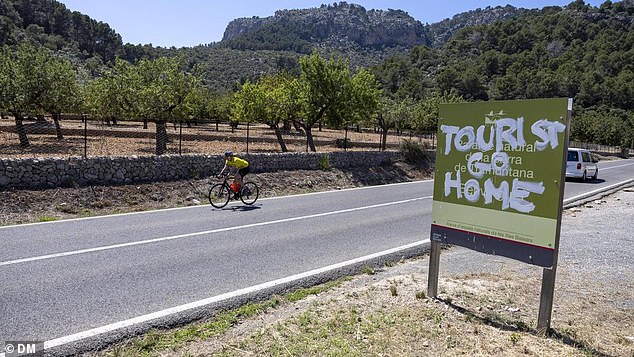More ‘tourists go home’ graffiti has appeared in Mallorca after a weekend of protests in Palma, as activists threaten to paralyze the island’s airport.
Around 10,000 locals took to the streets of Palma, the capital of Mallorca, at the weekend, where they were heard chanting “tourists go home” as they demanded a stop to mass tourism.
As reported by The NationalAn activist group, known as Menys Turisme, Mes Vida (Less Tourism, More Life), have said they could “collapse” Palma airport, which according to The times Last year it welcomed 31.1 million passengers.
The tactic, which was first proposed at a “citizens'” assembly in the Majorcan town of Sineu, also involves causing a traffic jam outside the airport.
“It is a proposal that has no place in a society like the one we live in today, a measure that is currently classified as a crime,” said Jaume Bauza, Minister of Tourism of the Balearic Islands.
Anti-tourist graffiti appeared in Mallorca after a weekend of protests in Palma.
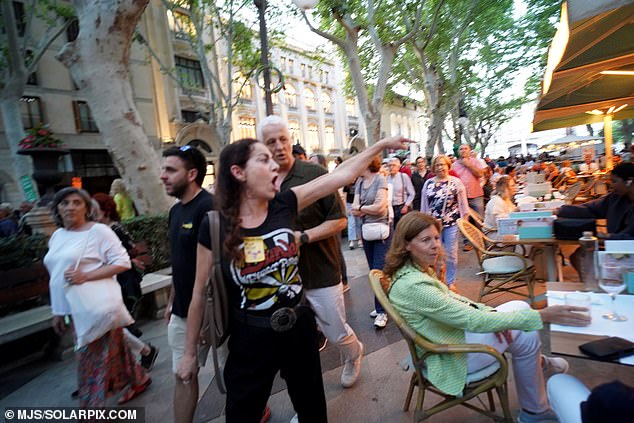
Protesters shout at surprised tourists enjoying dinner and drinks in Palma over the weekend.
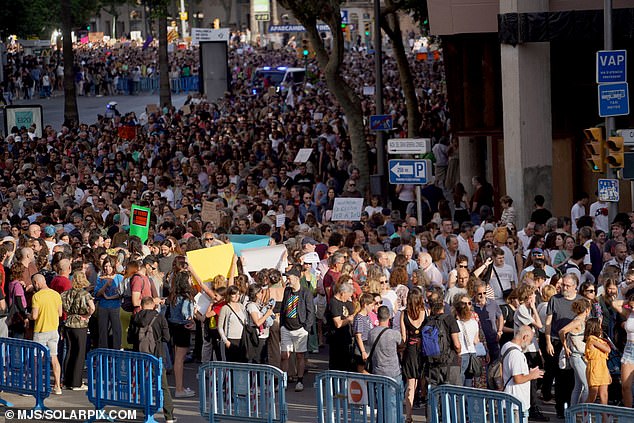
An estimated 15,000 locals joined the protest that passed through the capital, Palma, and headed to Weyler Square, where tourists came out en masse for dinner and drinks.
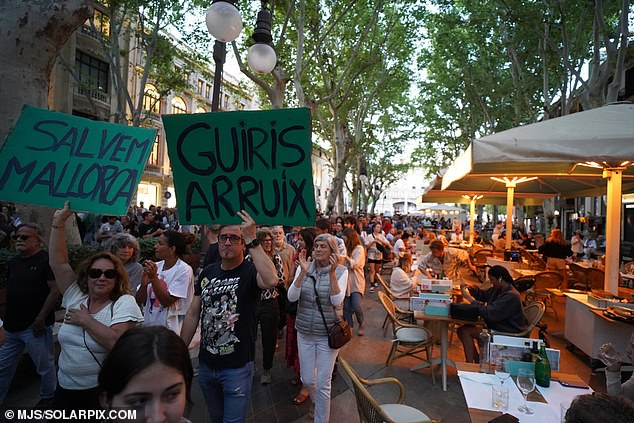
The colloquial expression ‘Guiri’ is used to describe people such as British tourists famous for their partying and excessive drinking, usually in a slightly offensive way.
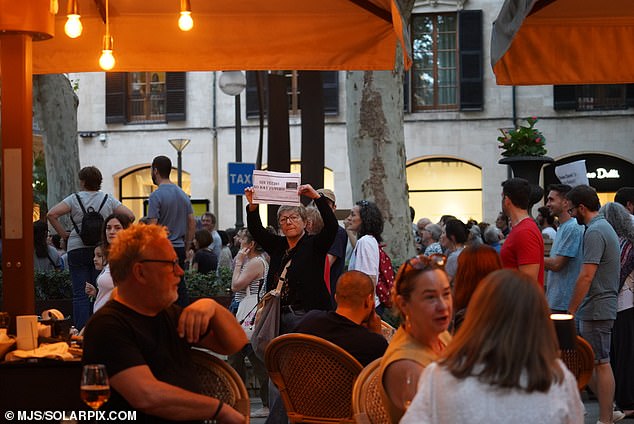
Protesters carrying banners with anti-tourism slogans and drums gathered in the center of the capital, Palma, as tourists went out to dinner.
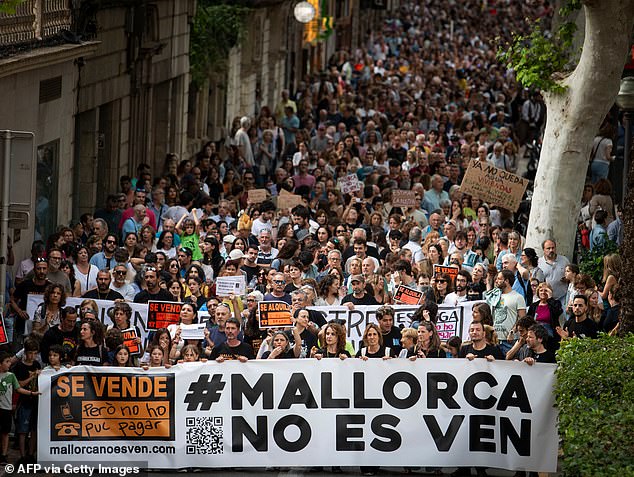
Protesters hold a banner reading ‘Mallorca is not for sale’ during a demonstration to protest against mass tourism and house prices.
The groups have also discussed the possibility of blocking the main port and other tourist spots, such as the beaches of Caló des Moro and Es Trenc.
Bauza compared the tactics to Democratic Tsunami, a Catalan independence group that closed Barcelona’s El Prat airport in 2019.
He also warned that, if necessary, state security forces would be called to deal with the protests, El Nacional reported.
On Wednesday, graffiti spelling the words “Tourists Go Home” appeared on driveway signs pointing to the island’s Tramontana Mountains.
This comes after the same anti-tourist slogan was scrawled on a wall beneath a property development sign in Nou Levante, near Palma, last month.
These are just some of the latest examples of anti-tourist sentiment, after foreign visitors enjoying dinner in central Palma were disrupted by protesters with signs on Saturday.
Among the banners carried by the activists was one with the offensive message: “Salvem Mallorca, guiris ruinix”, which in Catalan means “save Mallorca, foreigners out.”
He played on the Spanish colloquial expression Guiri, which is used to portray northern European tourists like British tourists partying in Magaluf, usually in a slightly offensive way.
Another sign said in Catalan: “Everywhere you look they are all guiris.”
The Palma protest was organized by Banc del Temps, a group originating from the town of Sencelles, in the interior of Mallorca, and has claimed that 25,000 people joined the demonstration, although government officials have put the figure at around 10,000.
Spokesman Javier Barbero said of the attack on some tourists: “We did not want to attack the tourists and it should not have happened.”
However, he warned that ‘this is just the beginning.’
“If no action is taken, we will continue to take to the streets until we see action.”
The protest, the largest of its kind since last month’s demonstration in the Canary Islands against mass tourism, was the second in 24 hours in the Balearic Islands.
Last Friday night around 1,000 protesters gathered in Ibiza to vent their anger at the effects of mass tourism.
Activists held banners reading “We don’t want a concrete island” and “Tourism, yes, but not like this” as they gathered in front of the Ibiza Town Hall headquarters.
The organizers of the Ibiza protest, a group called Prou Eivissa, met with the president of Ibiza, Vicent Mari, before taking to the streets.
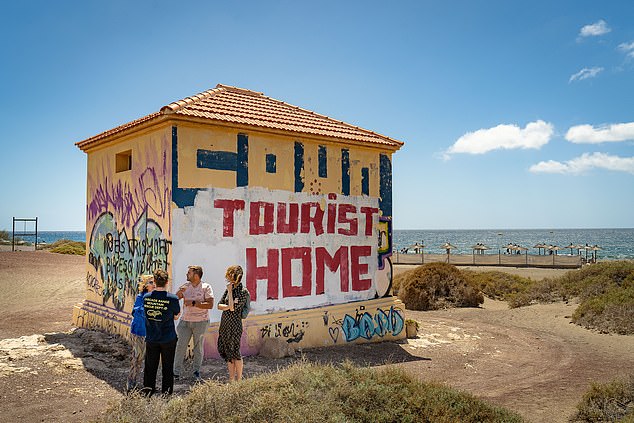
Last month, anti-tourist graffiti appeared on walls and benches in and around Palm Mar, in the south of Tenerife.
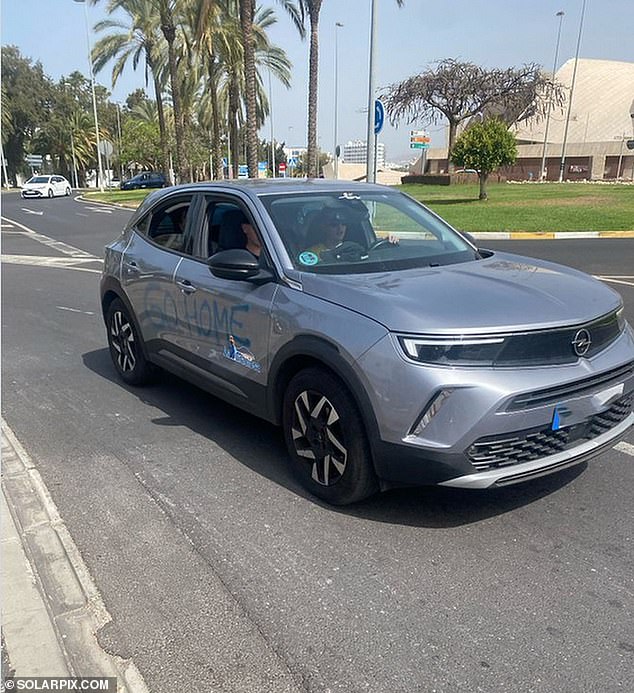
The image shows the words “Go Home” on a rental car in Tenerife.
Their demands include a limit on the number of vehicles that can enter the island in summer and a ban on using taxpayers’ money to promote Ibiza as a tourist destination.
After Catalonia, the Balearic Islands were Spain’s second most popular region for tourists last year, with 14.4 million tourists, according to the National Institute of Statistics of Spain.
Tourism generates 45% of the island’s GDP, according to Exceltur.
The anti-tourism protests in Spain are not exclusive to the Balearic Islands.
Last month, graffiti also appeared on walls and benches in and around Palm Mar, in the south of Tenerife, Canary Islands, reading “tourists go home” and “my misery, your paradise”, after thousands of people took to the streets, asking for a temporary limit on tourist arrivals.
After local politicians paved the way for tourists to be charged to visit the island’s natural spaces starting next year, the words “Canarias has a limit” subsequently appeared painted on the road’s asphalt. one of the access routes to Teide.
Another message painted on the road read: “Moratoria turistica” – “Tourist moratorium” in English.
The Canary Islands are the third most popular tourist destination in Spain.
Some foreign tourists have shown their support for the issues raised by the activists, but others have accused them of biting the hand that feeds them.

